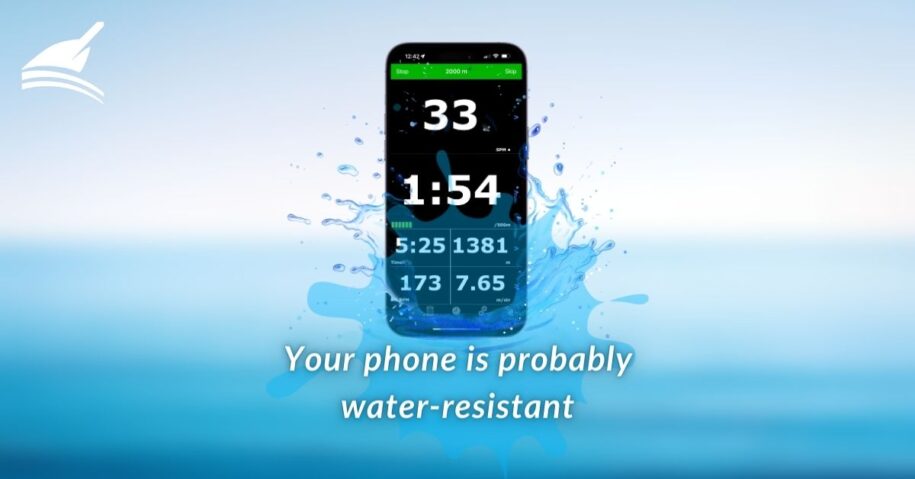After Apple introduced the iPhone in 2007, it probably wasn’t long before you or someone you knew had experienced a tragic encounter with water. I remember hunching over my phone to protect it when answering calls in the rain since even a few drops of water could wreak havoc if they reached a sensitive spot. Waterproof cases soon became available but were either large clumsy boxes or thick plastic bags that made it difficult to access the phone’s buttons.
Things have a changed a lot since then, but old habits die hard and you may be worrying about water a lot more than you should be. All iPhone models since the iPhone 7 have some measure of water-resistance. Apple’s newest models can withstand submersion to a depth of 6 meters for up to 30 minutes. Google and Samsung have engineered similar levels of water-resistance into their newer models.
In addition to their water-resistance, current smartphone displays are much more visible in bright sunlight, largely eliminating the advantage of the LCD displays found in most cycling & rowing computers.
If you row or paddle on salt water, we strongly recommend additional waterproofing, though. Check out the many good options available now from LifeProof and others. But for fresh water, your phone can probably withstand anything you’re likely to encounter during your workouts. Rain, splashing, and even occasional submersion no longer represent the risk that they did years ago.
Ride the wave!
Just as our smartphones have replaced calculators, point-and-shoot cameras, MP3 players, and dedicated GPS navigation devices, these new generations of water-resistant phones are enabling the replacement of custom hardware products for sports like cycling, rowing, and paddling. Now that water and sunlight are no longer obstacles, here are some of the reasons to use your phone on the water:
- Convenience: since your phone is with you almost all of the time anyway, there’s one less device to carry around (and keep charged).
- Safety: in the event of emergency, your phone is your communication lifeline. And even if you’re unable to communicate after an accident of some kind, there are many ways to give your friends and family access to your current or last known location.
- Updates and Customization: we update CrewNerd frequently, meaning your experience just gets better over time. While custom devices can also be updated, improvements are typically more incremental and less frequent.
- Cost-Effectiveness: Investing in a high-quality smartphone means you get a device that serves multiple purposes. Instead of spending extra money on a dedicated device, you can use your phone, which you likely already own, for both rowing and other activities. (And using your “old” phone on the water reduces the risk of water damage even further!)
- Ease of Use: Modern smartphones have intuitive interfaces and are designed to be user-friendly. You don’t need to learn how to operate a new device; instead, you can use the phone you’re already familiar with.
If you started using CrewNerd 10 or 15 years ago, you’ve ridden a huge wave of hardware and software innovation and improvement. But if you’re considering purchasing a SpeedCoach now, give CrewNerd a try. Our monthly subscription includes a 7-day free trial period, allowing you to check out all of our features before purchasing. And our lifetime subscription option means you can keep riding the wave of improvement at no additional cost!
PS: Will you be at RowFest in July? I’ll be there exhibiting. Stop by our booth to learn more about CrewNerd.

